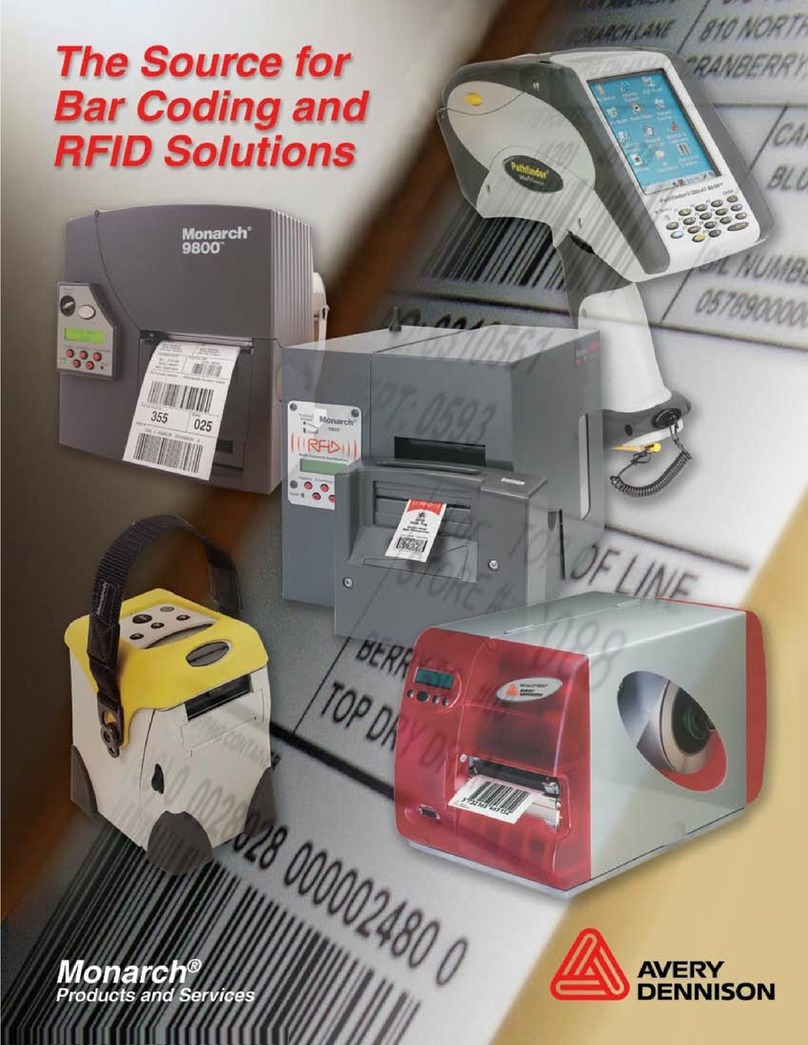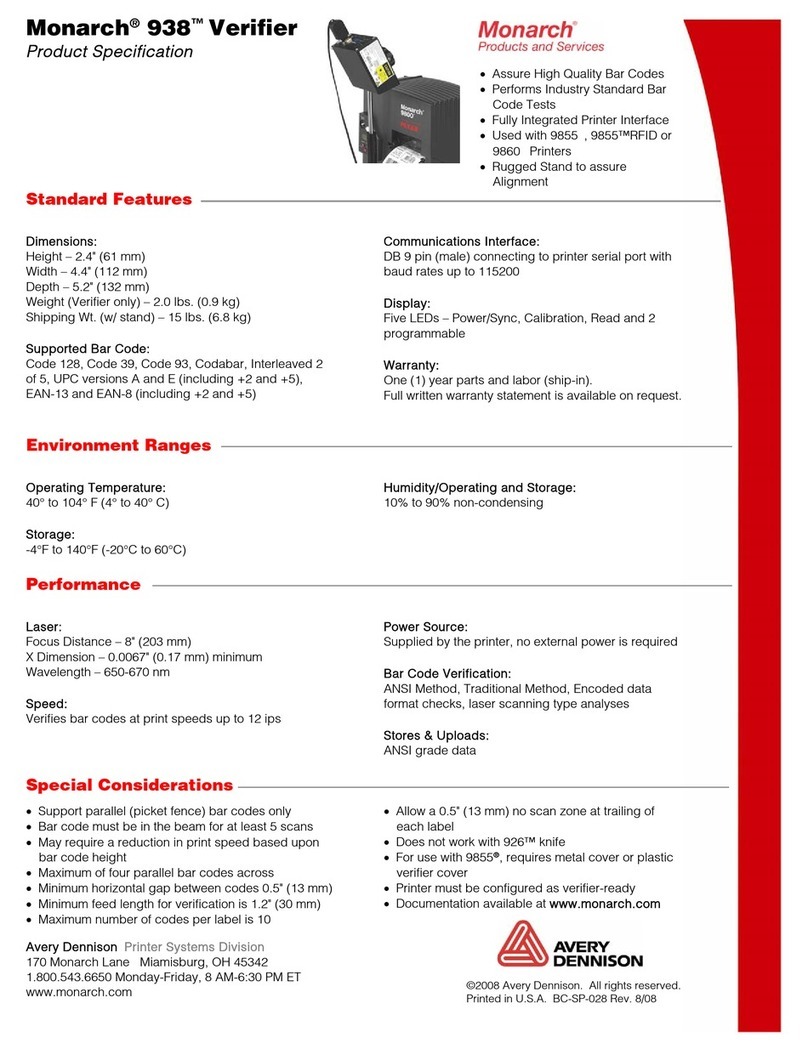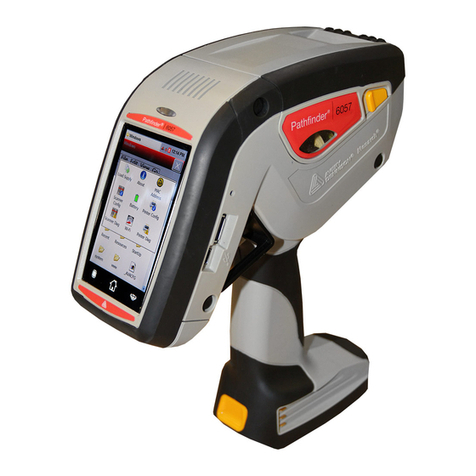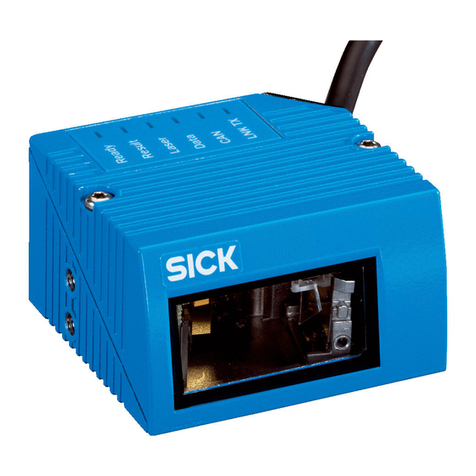12/03 Rev. 3.00-01 SERVICE MANUAL
TTX 350
General Service
Housing..........................................................2
Important remarks......................................2
Overview of the parts of the housing..........2
Front cover.................................................2
Back cover .................................................3
Front-left housing .......................................4
Front-right housing.....................................6
Lower-right housing....................................6
Cutter covering...........................................6
Material unwinder...........................................7
General ......................................................7
Unwinder....................................................7
Strain relief.................................................8
Connections and electrics..............................9
Important remarks......................................9
Mains connection .......................................9
Transformer..............................................11
Ventilator..................................................12
Sensors........................................................13
Overview of sensors.................................13
Printed circuit boards....................................14
Printed circuit boards: General .................14
Display board............................................14
Peripheral board .......................................15
CPU board................................................16
Changing the serial interface to RS485
mode.........................................................17
Installing a real-time clock.........................18
Service data..................................................19
Factory setting ..........................................19
Zeroing the operating data........................19
Entering the service data..........................20
Upgrading.....................................................21
Printer versions.........................................21
Upgrading from 8,0 to 11,8 dot.................22
Periphery set-up........................................22
Index.............................................................23





































